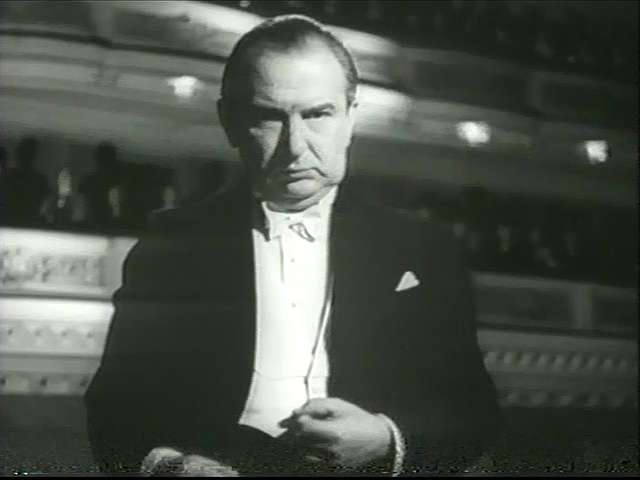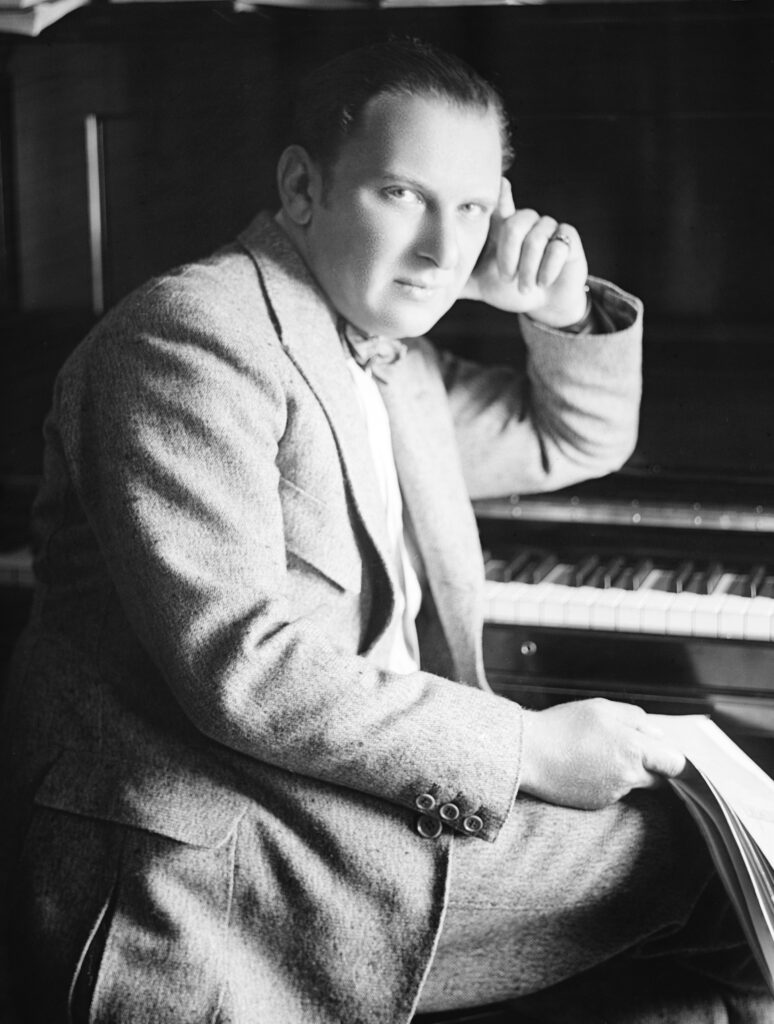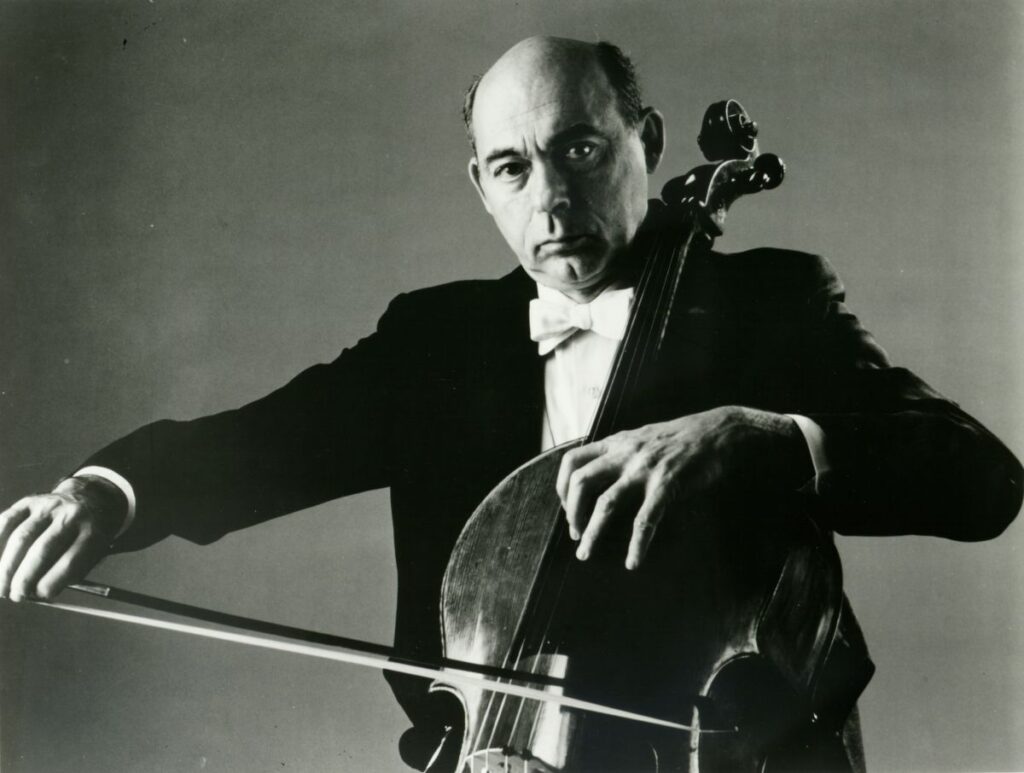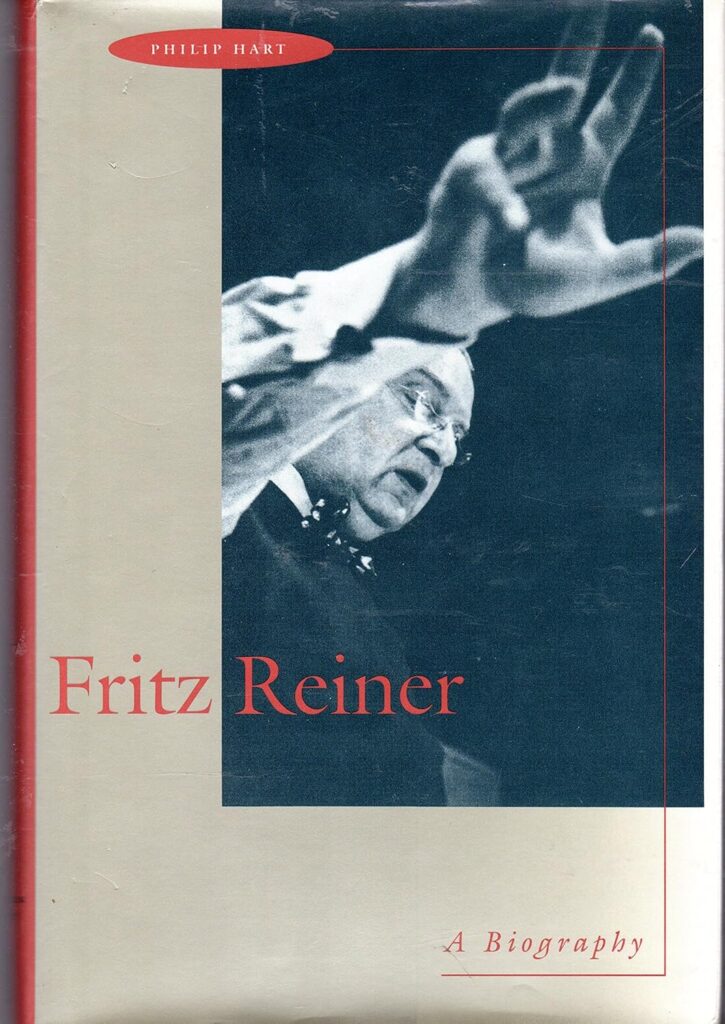Every Night I Bring The Dead Alive

My favorite resuscitation is of that old bastard Fritz Reiner, conductor of the Chicago Symphony Orchestra in the 1950’s and early 1960’s. Recordings jolt reanimation.
If you had told me that I’d be listening to classical music for enjoyment, I would have suspected brain damage in either you or me. But here we are, intact and listening.

As someone who has had experience with demanding conductors, I can relate to Reiner. But all a music teacher can do is terrorize you and give you PTSD. Reiner could, in addition, fire you, take away all your income, and make it impossible for you to find work ever again in your field.
His style? Emotional, inside of a tightly sealed and controlled capsule. He gave his players stylistic freedom – within reason – to express themselves on the micro level, as long as they stuck to his overall brisk all-business approach, an approach he took partly out of the necessity of fitting all the music onto the LP format.
I like to bring alive Janos Starker, also, a great cellist who played for many years in Chicago under Reiner.

Starker was a character. He died just a few years ago at about 90. He smoked three packs of cigarettes a day, often smoking during recitals. He once left a concert when they refused to let him smoke inside. He was one of Reiner’s favorite performers because he respected Reiner and seldom made mistakes. And because he smoked like Reiner, who only made it into his 70’s.
One concert, Starker made a big mistake. His first. After years of faultless and loyal service. Screechy screechy. He was soon gone.

I haven’t read Starker’s memoir, but I should get a copy and do so.
I have read two good biographies of Reiner, and highly recommend them:


Fritz Reiner’s major CSO releases later in life all came out in the RCA Living Stereo series. It’s hard to believe now, but in the 1950’s even proles bought and listened to classical music. Many concerts were broadcast on local TV stations. Stereo sound gave a boost to all the classical music loving and buying.
RCA Living Stereo sound on remastered CD’s is “ehh” in quality. RCA later released a few Living Stereos in the high resolution SACD format. They had better sound, but not great.
But a few – a couple dozen, perhaps – were remastered carefully as hybrid SACD’s by Analogue Productions of Salina, Kansas. These discs are still available and will play, since they’re hybrids, on bog standard CD players.
Get them. The remastering is warm and beautiful.
These Reiners are not only what introduced me to his conducting style, but to classical music in general. As such, they are miracle workers. They will, if you let them, change your life.
Starker was mainly recorded on the Mercury label, as part of the Mercury Living Presence series. I have him on both CD and SACD formats, but the Mercury Living Presence sound is bright, bright, bright, brought to you courtesy of hot postwar German microphones.
The Starkers, though, sound nice. Like a pair of toned legs entwined around yours. Probably because a lot of his work was solo cello, an inherently warm instrument. His style is Reiner’s style: clean, business-like, emotional with restraint.
His orchestral discs are OK by Mercury standards. Why the step-up in quality from Mercury’s norm?
Probably because Starker, too, was a demanding Eastern European. Stomp around enough, and people perform.
